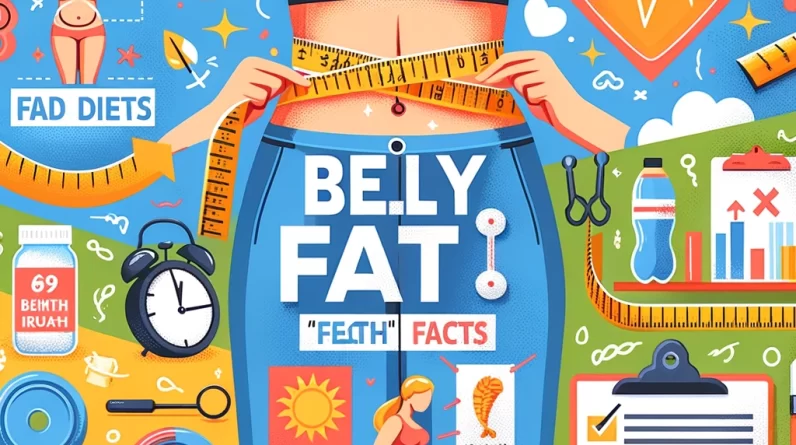Teeth staining is a common dental problem that affects people of all ages. It occurs when the color of your teeth changes from white to yellow, brown, or black. There are two types of teeth staining: intrinsic and extrinsic. Intrinsic stains occur on the inner structure of the tooth, while extrinsic stains occur on the outside of the tooth.
Table of Contents
| Key Takeaways |
|---|
| Intrinsic staining occurs on the inner structure of the tooth, while extrinsic staining occurs on the outside of the tooth. |
| Intrinsic staining can be caused by nerve canal or blood vessel damage, dental fillings, and traumatic tooth injuries. |
| Extrinsic staining can be caused by food, drinks, smoking, and low saliva flow. |
| Too much fluoride exposure during early childhood can cause teeth staining. |
| Mothers consuming tetracycline antibiotics during the second half of pregnancy and children who use tetracycline antibiotics when they are 8 years old or younger can cause teeth staining. |
| Temperature can affect tooth staining. |
| Lighting conditions can affect the appearance and perception of a tooth. |
| Genetics can make some people more susceptible to teeth staining. |
| Brushing your teeth twice a day, flossing daily, and visiting your dentist regularly can help prevent teeth staining. |
| If you have intrinsic staining, your dentist may recommend dental bonding, veneers, or crowns to improve the appearance of your teeth. |
| If you have extrinsic staining, your dentist may recommend teeth whitening treatments, such as in-office bleaching procedures, dentist-supplied products for use at home, or over-the-counter whiteners. |

Types of Teeth Staining
Intrinsic Staining
Intrinsic staining occurs when the inner structure of the tooth, or dentin, darkens or forms a yellow tint. This type of staining can be caused by damage to a nerve canal or blood vessel. Sometimes, materials used for dental fillings or traumatic tooth injuries can alter tooth color. Too much fluoride exposure during early childhood, mothers consuming tetracycline antibiotics during the second half of pregnancy, and children who use tetracycline antibiotics when they are 8 years old or younger can also cause intrinsic staining.
Extrinsic Staining
Extrinsic staining happens because of the structure of tooth enamel. The enamel on the outside of your teeth becomes stained from food, drinks, or smoking. Eating certain foods can cause a layer called the “pellicle” to form on top of the enamel. Pellicle, or the stain, can be scraped away at by a dentist or by a toothbrush. However, because the enamel is porous, the stain can seep into the dentin if pellicle remains sitting on top of the tooth for too long. Coffee, wine, tea, soft drinks, and a number other food and drinks can stain teeth. Smoking and tobacco products also cause extrinsic stains. If your saliva flow is lower than normal, you are more susceptible to extrinsic staining. Saliva helps break down food debris and if saliva flow is low, food particles remain in the mouth longer and have more time to increase potential teeth staining.
Fluoride Exposure
Fluoride is a mineral that is naturally present in water and soil. It is also added to many dental products, such as toothpaste and mouthwash, to help prevent tooth decay. However, too much fluoride exposure during early childhood can cause teeth staining. This condition is known as fluorosis. Fluorosis can cause white spots, yellow or brown stains, and pitting on the teeth. The severity of fluorosis depends on the amount of fluoride exposure and the age of the child when exposure occurred.
Antibiotics
Tetracycline antibiotics are a group of antibiotics that are commonly used to treat bacterial infections. However, mothers consuming tetracycline antibiotics during the second half of pregnancy and children who use tetracycline antibiotics when they are 8 years old or younger can cause teeth staining. Tetracycline antibiotics can cause intrinsic staining, which occurs on the inner structure of the tooth. The severity of staining depends on the amount of tetracycline exposure and the age of the child when exposure occurred.
Temperature
Temperature can also affect tooth staining. A study published in Frontiers in Medicine found that tooth stains result from the accumulation of chromogens, which are compounds that have color or darker shades that are either accumulated in the tooth (intrinsic) or on the tooth (extrinsic). The study also found that temperature can affect the accumulation of chromogens. Teeth that were exposed to higher temperatures had more chromogens and were more likely to stain than teeth that were exposed to lower temperatures.
Lighting Conditions
Lighting conditions can also affect the appearance and perception of a tooth. The intrinsic pigmentation of a tooth is the most influential factor in determining the color of a tooth. This pigmentation is determined by genetic and natural factors. However, lighting conditions can affect the way a tooth looks. For example, teeth may appear whiter under fluorescent lighting than under incandescent lighting.
Genetics
Genetics can make some people more susceptible to teeth staining. Some people are born with thinner enamel, which makes the underlying dentin more visible. This can cause teeth to appear yellow or gray. Genetics can also affect the thickness and translucency of enamel, which can affect the appearance of teeth.
Prevention and Treatment
Preventing teeth staining is the best way to keep your teeth looking healthy and white. Brushing your teeth twice a day, flossing daily, and visiting your dentist regularly can help prevent teeth staining. If you have intrinsic staining, your dentist may recommend dental bonding, veneers, or crowns to improve the appearance of your teeth. If you have extrinsic staining, your dentist may recommend teeth whitening treatments, such as in-office bleaching procedures, dentist-supplied products for use at home, or over-the-counter whiteners.
I hope this information is helpful. Please let me know if you have any questions or if there is anything else I can help you with.
FAQ
- What causes teeth staining? Teeth staining can be caused by a variety of factors, including food, drinks, smoking, low saliva flow, nerve canal or blood vessel damage, dental fillings, traumatic tooth injuries, too much fluoride exposure during early childhood, mothers consuming tetracycline antibiotics during the second half of pregnancy, and children who use tetracycline antibiotics when they are 8 years old or younger.
- How can I prevent teeth staining? Brushing your teeth twice a day, flossing daily, and visiting your dentist regularly can help prevent teeth staining. Avoiding food and drinks that can stain your teeth, such as coffee, tea, and red wine, can also help. If you smoke or use tobacco products, quitting can help prevent teeth staining.
- What treatments are available for teeth staining? The treatment for teeth staining depends on the type of staining you have. If you have intrinsic staining, your dentist may recommend dental bonding, veneers, or crowns to improve the appearance of your teeth. If you have extrinsic staining, your dentist may recommend teeth whitening treatments, such as in-office bleaching procedures, dentist-supplied products for use at home, or over-the-counter whiteners. It’s important to talk to your dentist about which treatment is right for you.






